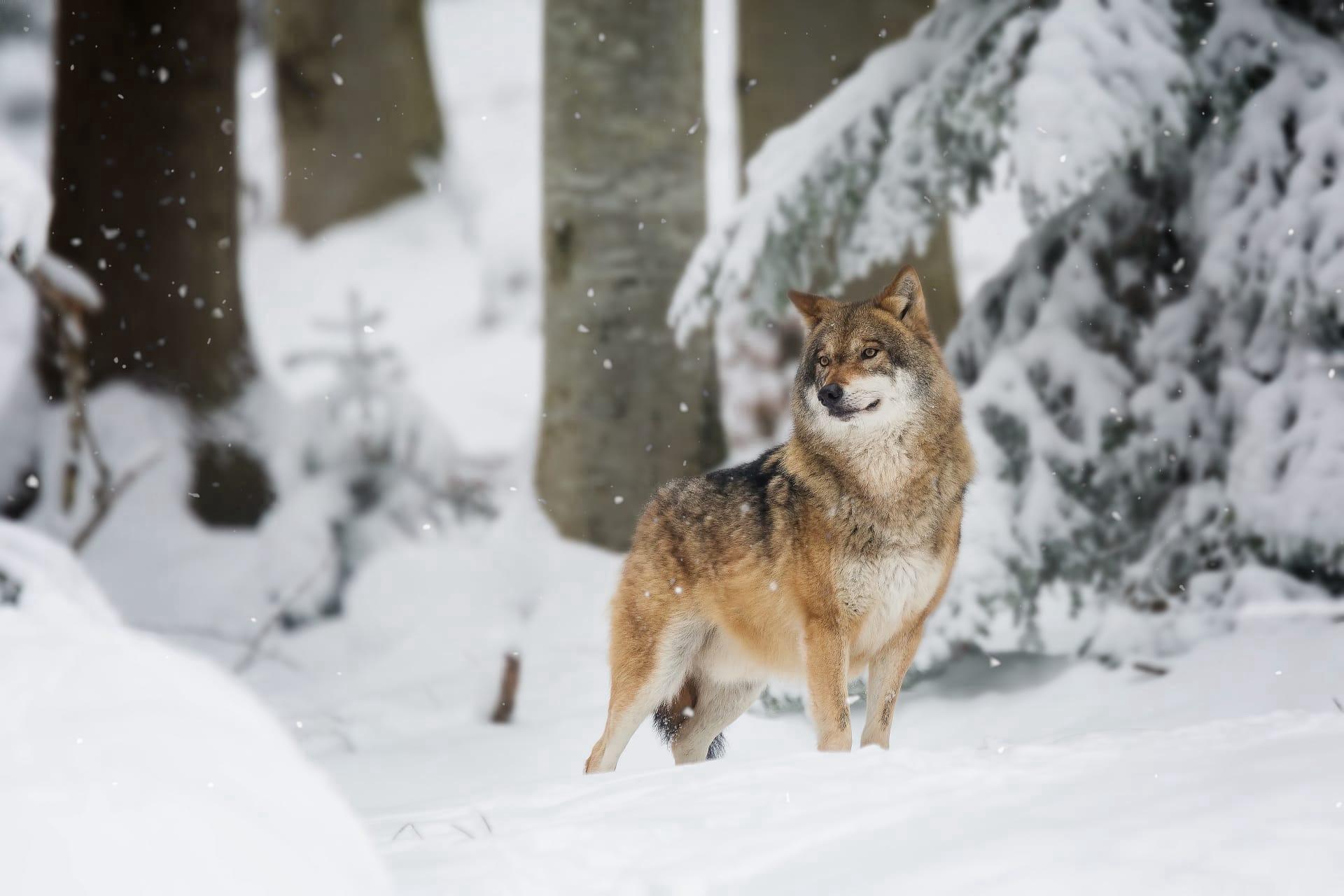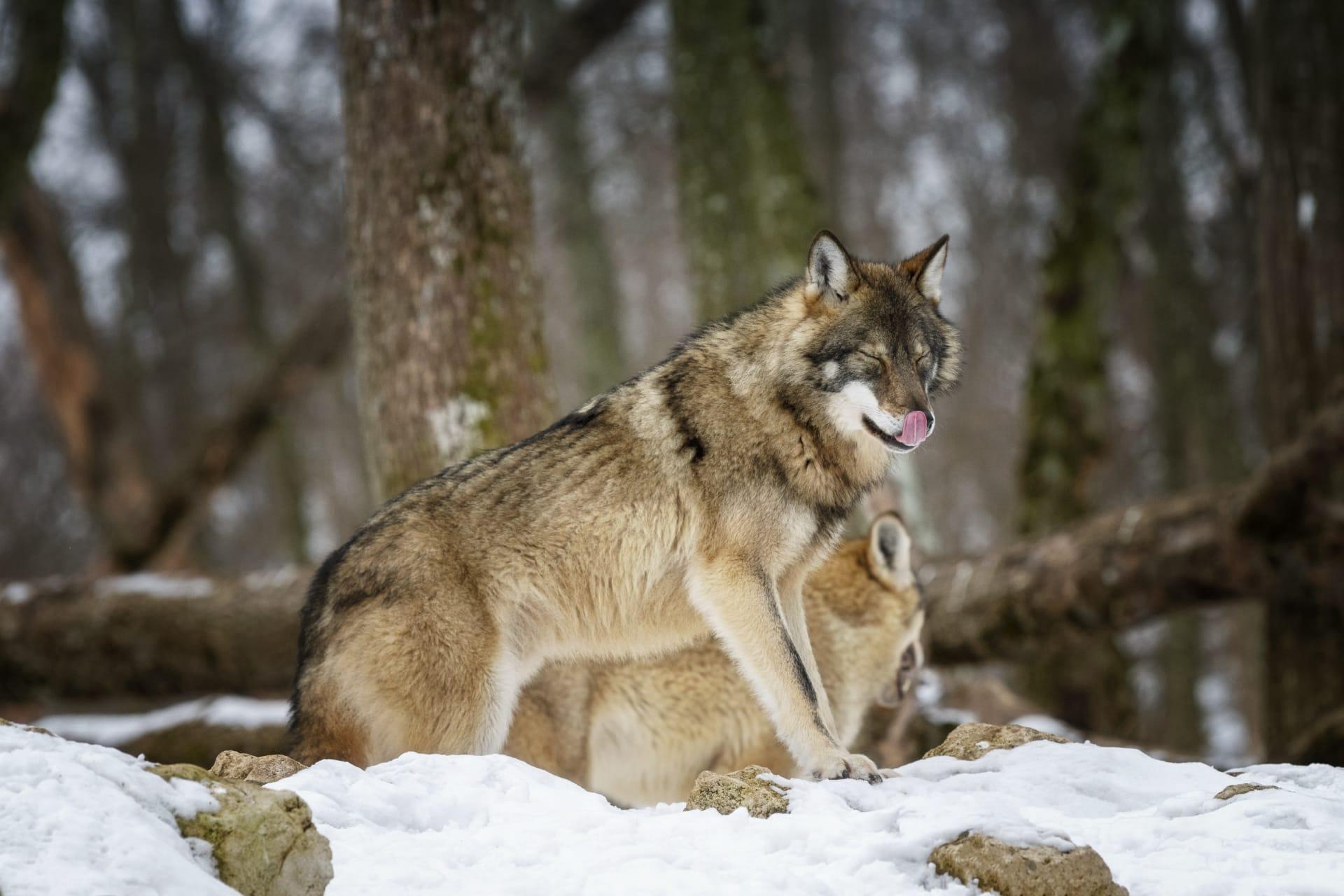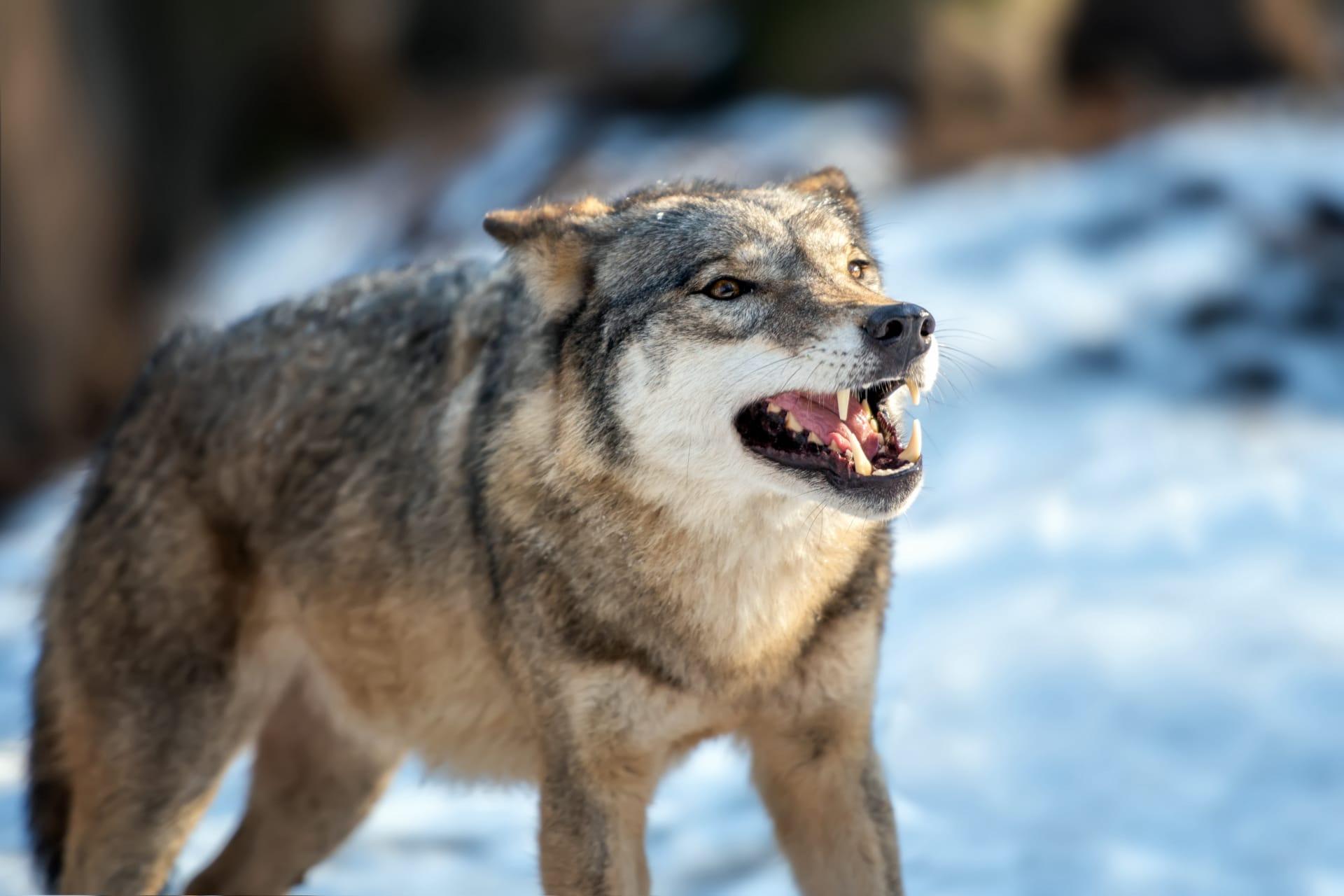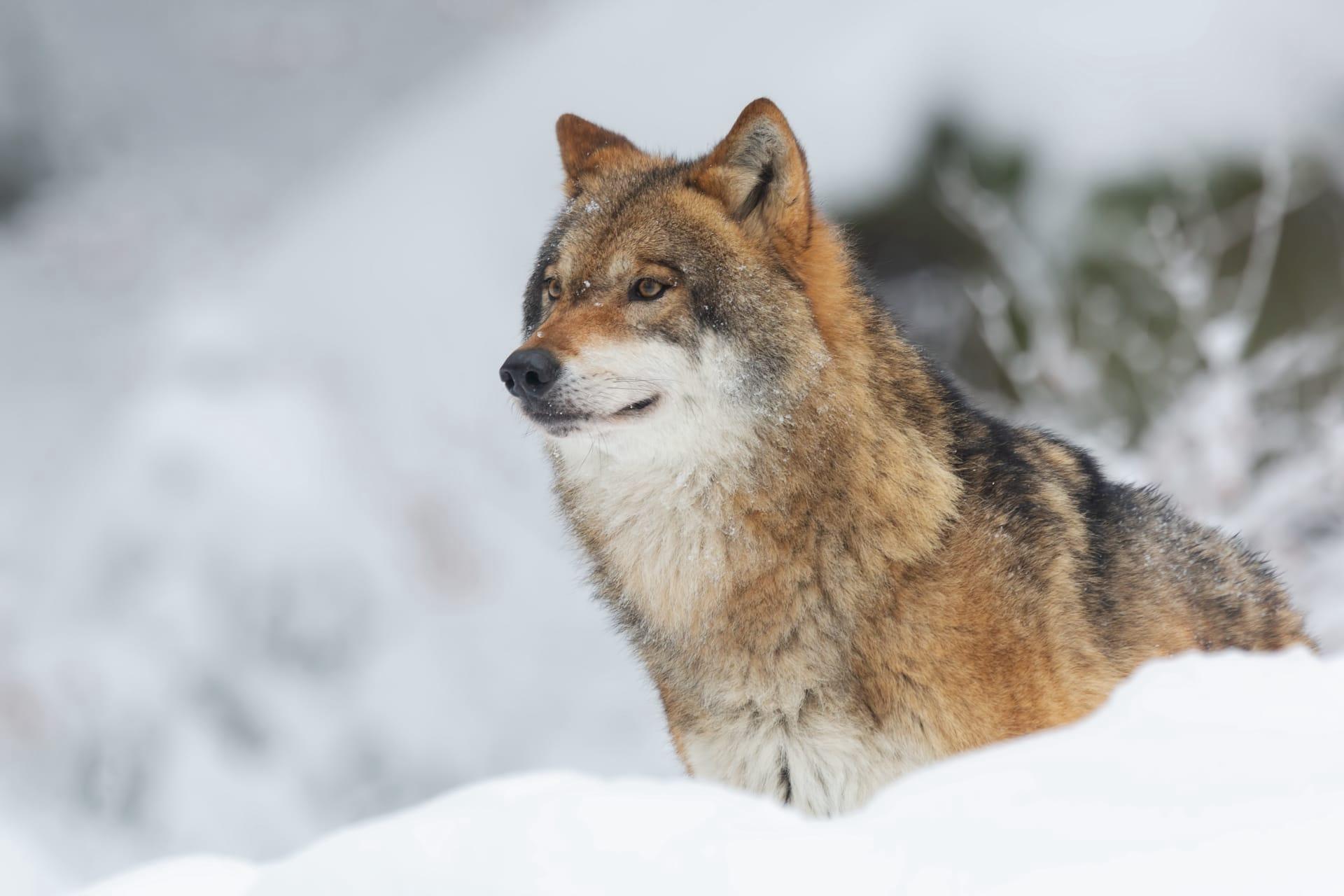Wolf Trivia
- Home /
- Trivia Question /
- Animal /
- Wolf Trivia
1
Question: How large can a wolf grow?
Answer: Wolves are impressive creatures, with the average adult male growing up to 6 feet (183 cm) in length, including the tail, and weighing between 70 to 145 pounds (32 to 65 kg). Females are slightly smaller. Their size varies geographically, with northern populations typically being larger.
Question: What is the lifespan of a wolf in the wild?
Answer: Wolves in the wild have a challenging life, usually living around 6 to 8 years. However, in protected environments like wildlife reserves, they can live up to 13 years. Their lifespan is influenced by factors like habitat, food availability, and human activities.

2
Question: Is it true that wolves howl at the moon?
Answer: Contrary to popular belief, wolves do not howl at the moon. They howl to communicate with other wolves, conveying messages about location, warning intruders, or gathering the pack. The moon's presence during howling is purely coincidental.
Question: Do wolves only live in cold climates?
Answer: While wolves are often associated with cold climates, such as those found in North America and Eurasia, they are adaptable and can thrive in a variety of habitats. They inhabit forests, mountains, tundras, deserts, and grasslands, demonstrating remarkable environmental adaptability.

3
Question: What do wolves eat?
Answer: Wolves are carnivores with a diet primarily consisting of large ungulates like deer, elk, and moose. However, their diet can be quite varied, including smaller mammals, birds, fish, and even fruits or vegetables when necessary. They are skilled hunters, often working in packs to bring down larger prey.
Question: Can wolves swim?
Answer: Yes, wolves are capable swimmers. They can cross rivers and lakes in search of food or new territory. Their swimming ability helps them in hunting and also in evading threats or overcoming geographical barriers.

4
Question: How do wolves communicate with each other?
Answer: Wolves have a complex communication system involving vocalizations like howls, barks, and whines, as well as body language and scent marking. Howling helps in maintaining contact with pack members over large distances, while body language and scents convey social hierarchy and territorial boundaries.
Question: Are wolves monogamous?
Answer: Wolves often form monogamous pairs, staying with the same mate for several years or potentially for life. This pair typically leads the pack, and they are the only members to breed, ensuring a stable social structure and efficient care of the young.

5
Question: How do wolves impact their ecosystem?
Answer: Wolves play a crucial role in their ecosystems as apex predators. By controlling the population of herbivores, they prevent overgrazing and maintain a balance in the food chain. This regulation of prey populations can have a cascading effect, benefiting plant life and other wildlife species.
Question: What threats do wolves face?
Answer: Wolves face several threats, including habitat loss due to human expansion, conflicts with livestock owners, and hunting. In some regions, they are endangered or have been locally extirpated. Conservation efforts are crucial for their survival, focusing on habitat protection and conflict mitigation.